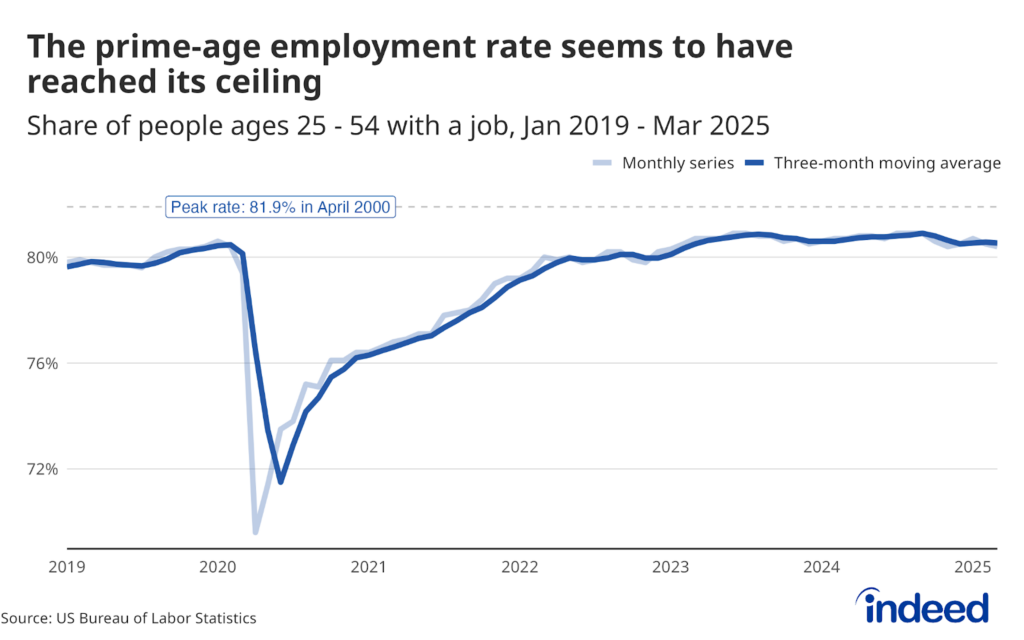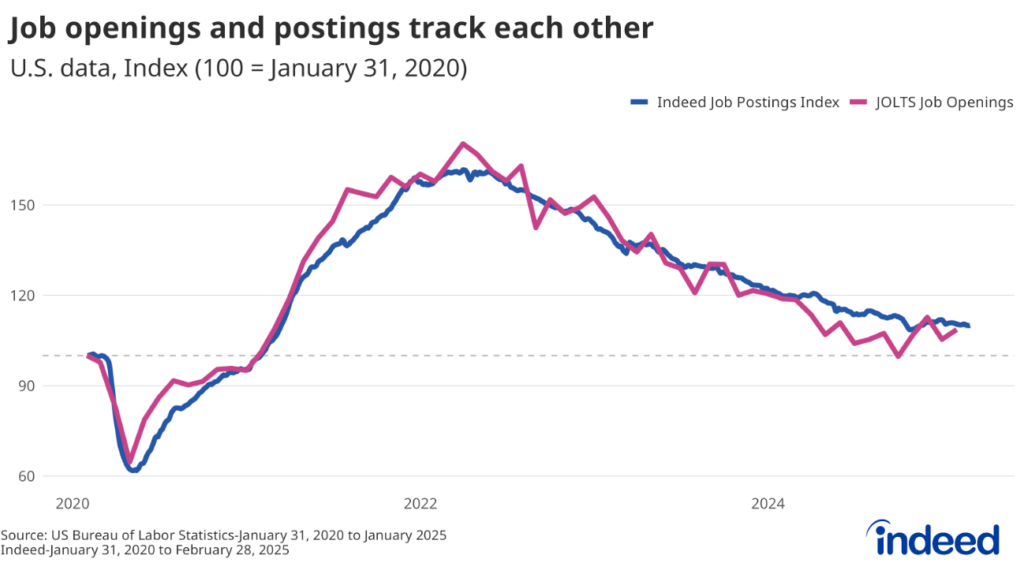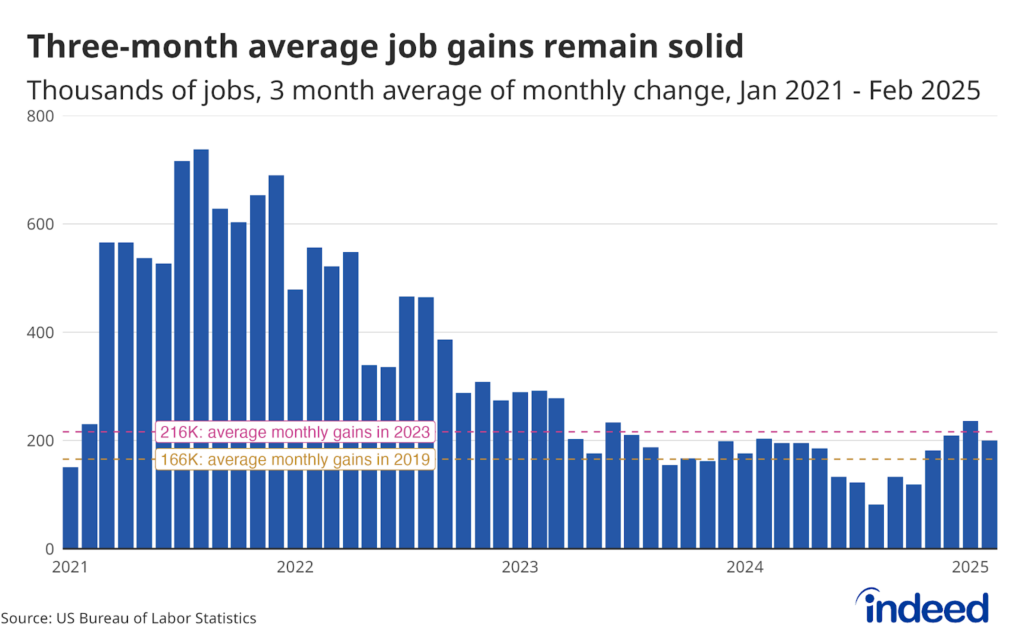Key points:
- Job search activity rose, relative to the national trend, in states that announced they’ll prematurely end federal unemployment insurance benefits.
- This relative increase in job search activity was modest, brief, and across many occupational sectors.
Nearly two dozen states have announced they would prematurely curtail the enhanced federal unemployment insurance (UI) benefits. These benefits include $300 weekly on top of standard state UI, as well as other extensions and expansions of coverage during the pandemic. They are scheduled to end on September 6, but as of early this week 23 states have announced that they’ll opt out of some or all of these enhanced benefits starting in June or July. A few of these states are introducing return-to-work bonuses as well.
These federal UI benefits have been criticized for holding back hiring and contributing to a tighter labor market than would be typical after a sharp recession. However, the disincentive effect of these benefits is very hard to measure since they coincide with numerous other factors potentially affecting labor supply, like health risks, caregiving challenges, and eagerness to enjoy a vaccinated, reopened summer. Research on UI effects last summer found modest or minimal effects on labor supply, but the world is very different this summer. Now, economists are uncertain.
In May, job search activity on Indeed increased, relative to the national trend, in states that announced they would end federal UI benefits prematurely. A state’s share of national clicks on job postings was nearly 5% higher on announcement day, relative to a baseline of the last two weeks of April. This increase was temporary, vanishing by the eighth day after the announcement. In the second week after the announcement, the state’s share of national clicks was no higher than it was during the late-April baseline.
Search activity increased around announcement day across a wide range of sectors. From announcement day to three days later, a state’s share of national clicks was up on average between 3 and 4 percent. The increase was greatest for marketing, sales, and hospitality & tourism jobs. But the effect wasn’t confined only to lower-wage jobs, where the $300 weekly supplement benefit is higher relative to average wages. Search activity rose for finance and doctor jobs, too. Search activity for food prep rose 3.8% around the announcement date relative to the national trend.
It may be that UI benefits affect search activity not only for recipients but also for others in their household who might work in higher-paid fields. It could also be that state announcements are perceived as a broader public signal about the availability of jobs and the state of the pandemic. Plus, the federal UI benefits include extensions and expansions beyond the $300 weekly supplement that could affect search activity for higher-wage occupations differently.
It is, of course, still unclear how this temporary boost in search activity will affect hiring or wages. And the premature end of these benefits in June and July could well have a different effect on search activity, hiring, and wages than these announcements in May did. There are also other ways that UI benefits affect the labor market, including raising incomes and spending which in turn lifts labor demand.
We will continue to track state shares of national searches throughout the summer.
Methodology
Job search activity is measured by clicks on job postings in the US. Indeed does not publish the level or trend in national or state search activity, so this analysis is based on states’ shares of national total clicks. All reported changes in search activity are relative to the national trend. Relative gains (or declines) do not necessarily imply absolute gains (or declines) in search activity.
We calculated the state shares of national clicks for each day in May for each occupational sector, relative to the baseline of state shares of national clicks for each occupational sector for the last two weeks of April. To combine changes across occupational sectors and states, we used constant weights from the baseline period for occupational sectors in order to control for differences in states’ occupational mix.






